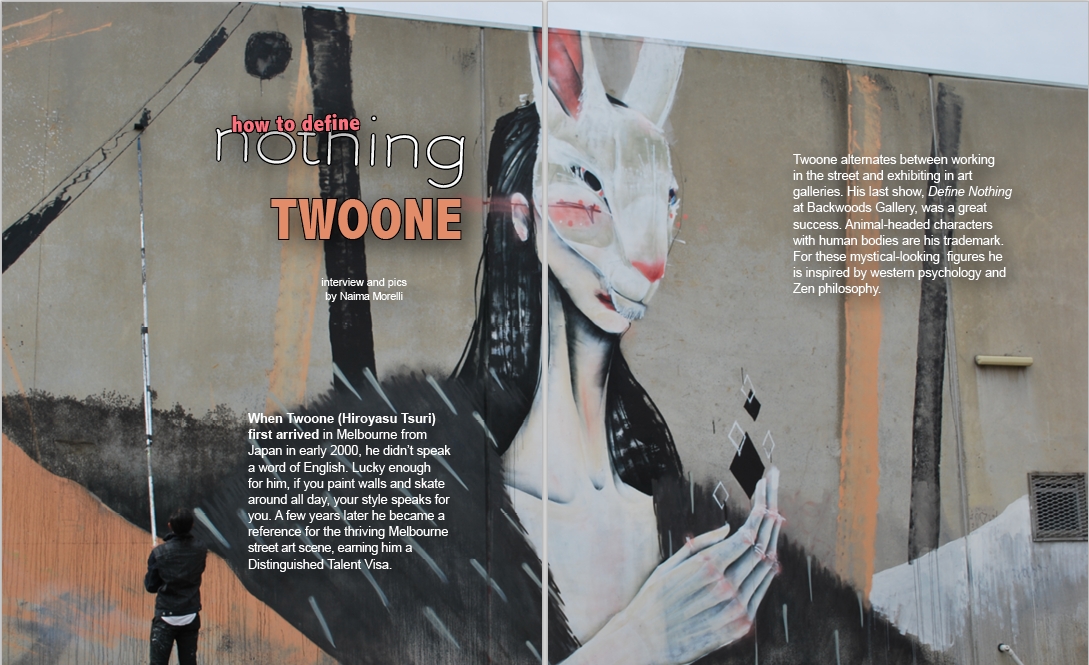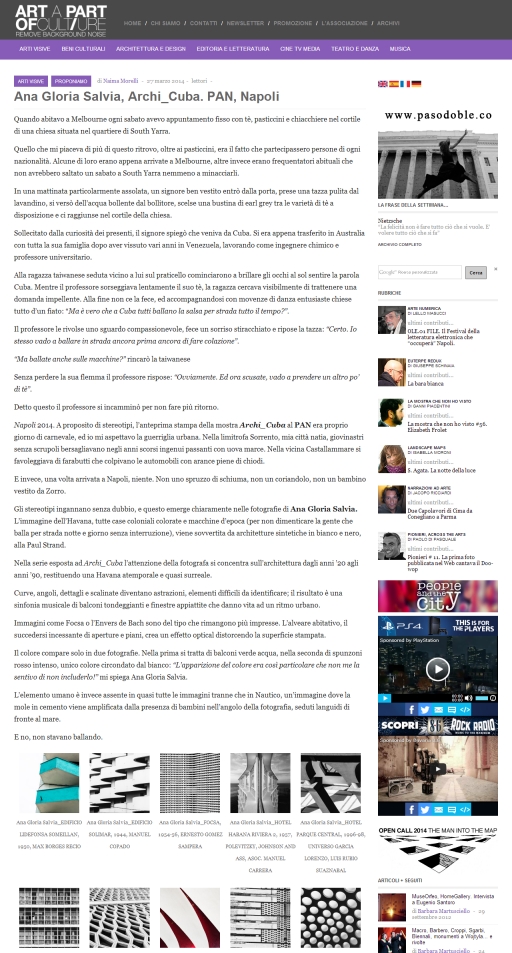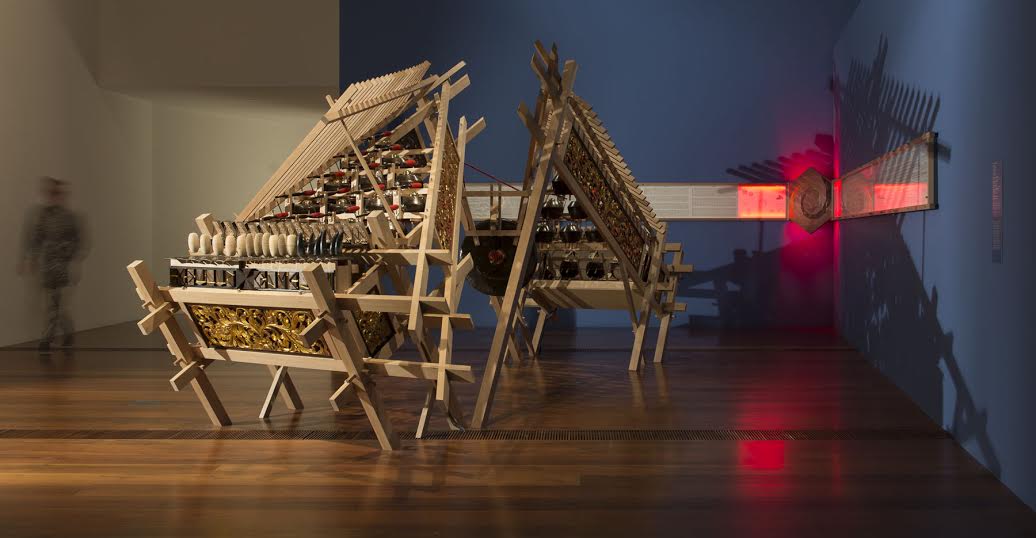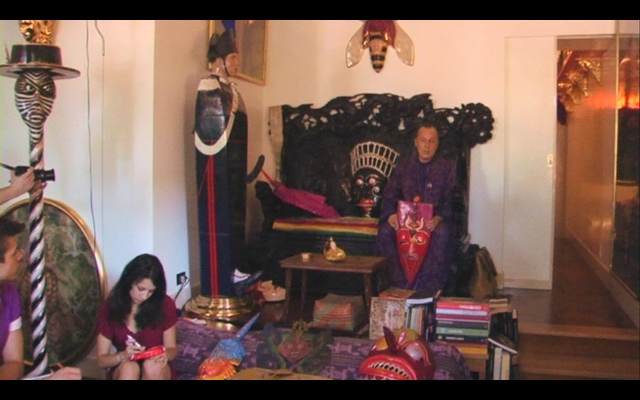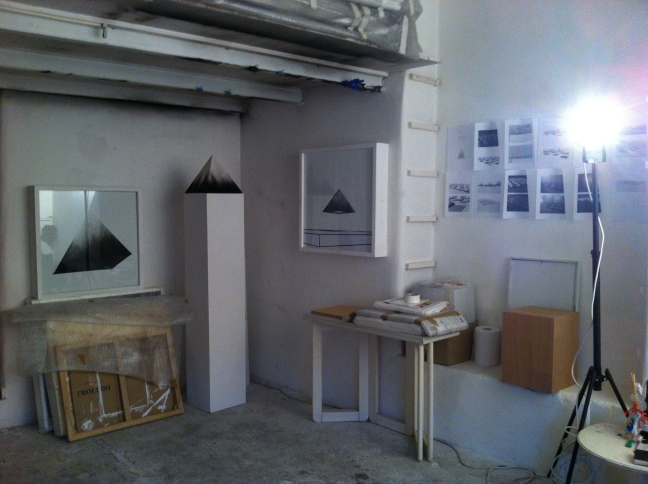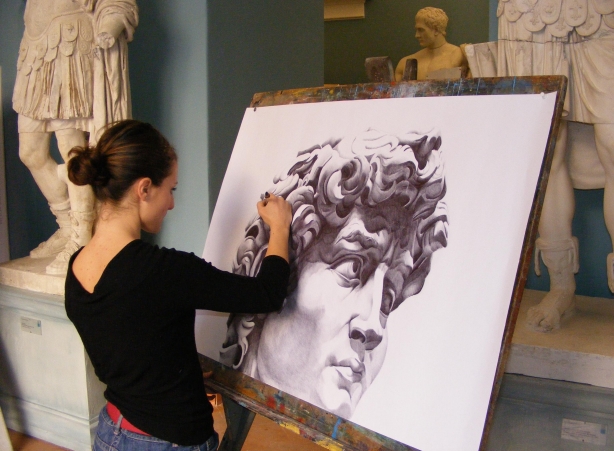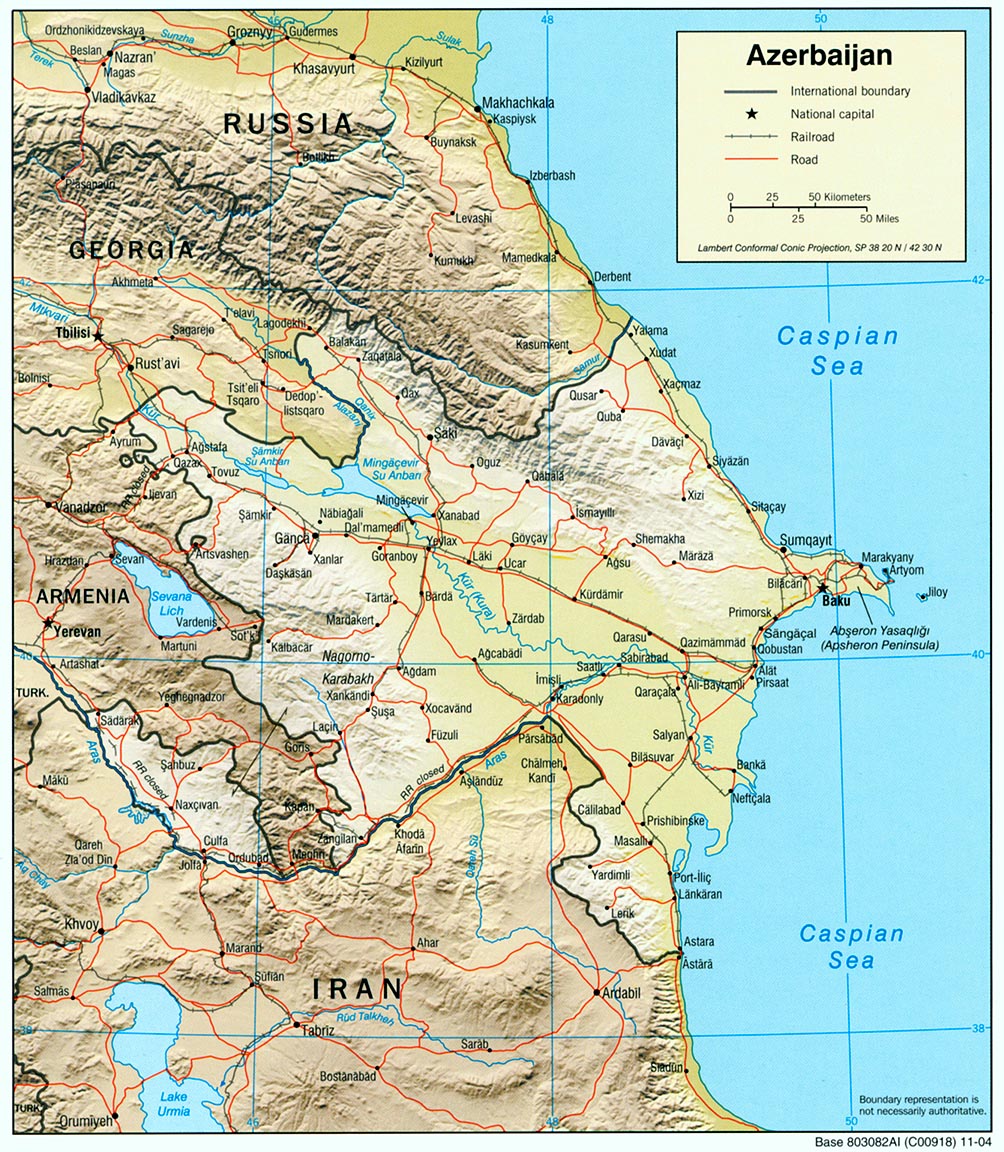
It’s Easter holidays and instead of camping and picnicking in random green spots in Sorrento, as it’s tradition over here, I’m working on a new book.
This will be a narrative essay about the challenges of being a young artist. The setting is Melbourne, Australia, but the book will be a snapshot of a moment of an artist’s career all over the world.
This book has a lighter tone compared to my Indonesian one (which is now going through the editing process in case you were wondering). With the Indonesian book I had to tackle pretty serious themes, since the country’s history has been pretty turbulent; while younger artists are lured by an often misleading market, established artists have to come to terms with the country’s political and social issues. Years of colonialism, dictatorship and struggles have very deeply influenced the contemporary artists in Indonesia.
Australia didn’t have that on a superficial level. The tragedies concerning Indigenous Australians or the aggressive Australian policies towards migrants – to name just two – don’t really register as their own to young, mostly white, Australians.
The focus of my book will still be contemporary art in relation with its context, but this time I want to be more personal. How to get a living when you have always thought that everything you would have to do in life was art? I heard this question by many of my artist friends and I also asked it to myself more than once.
The Melbournian system and the Australian way have some answers, but they pose also some new challenges. In this book I will give my take on the problem through my experience and the 40 voices of people I’ve interviewed in Australia. I’m interested in showing the good sides of the ecosystem in Melbourne and explaining how that could be beneficial for an artist who is interested in having a career.
